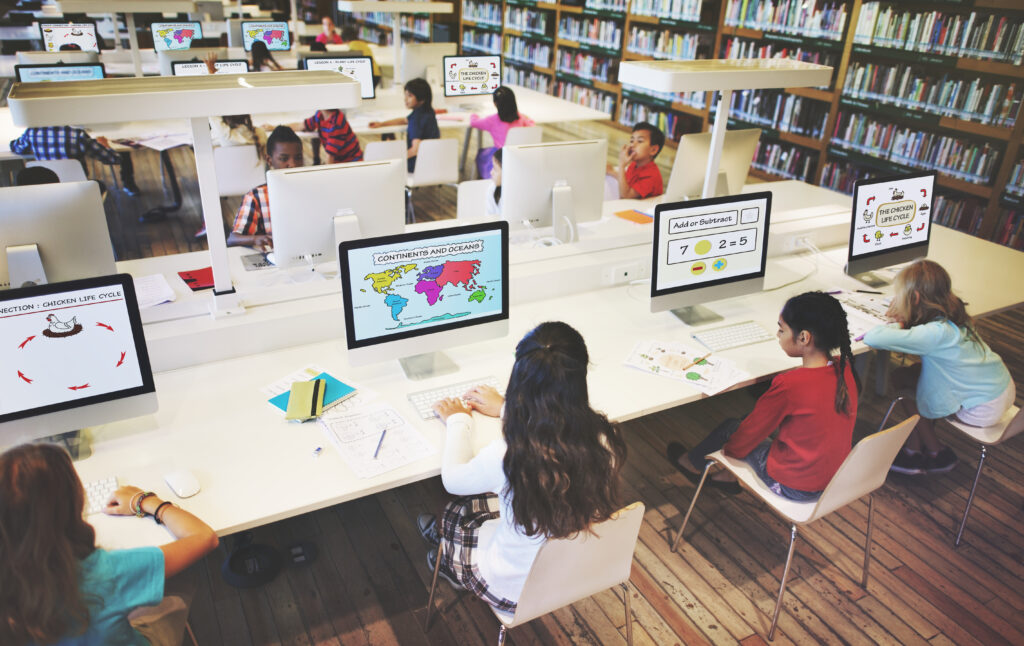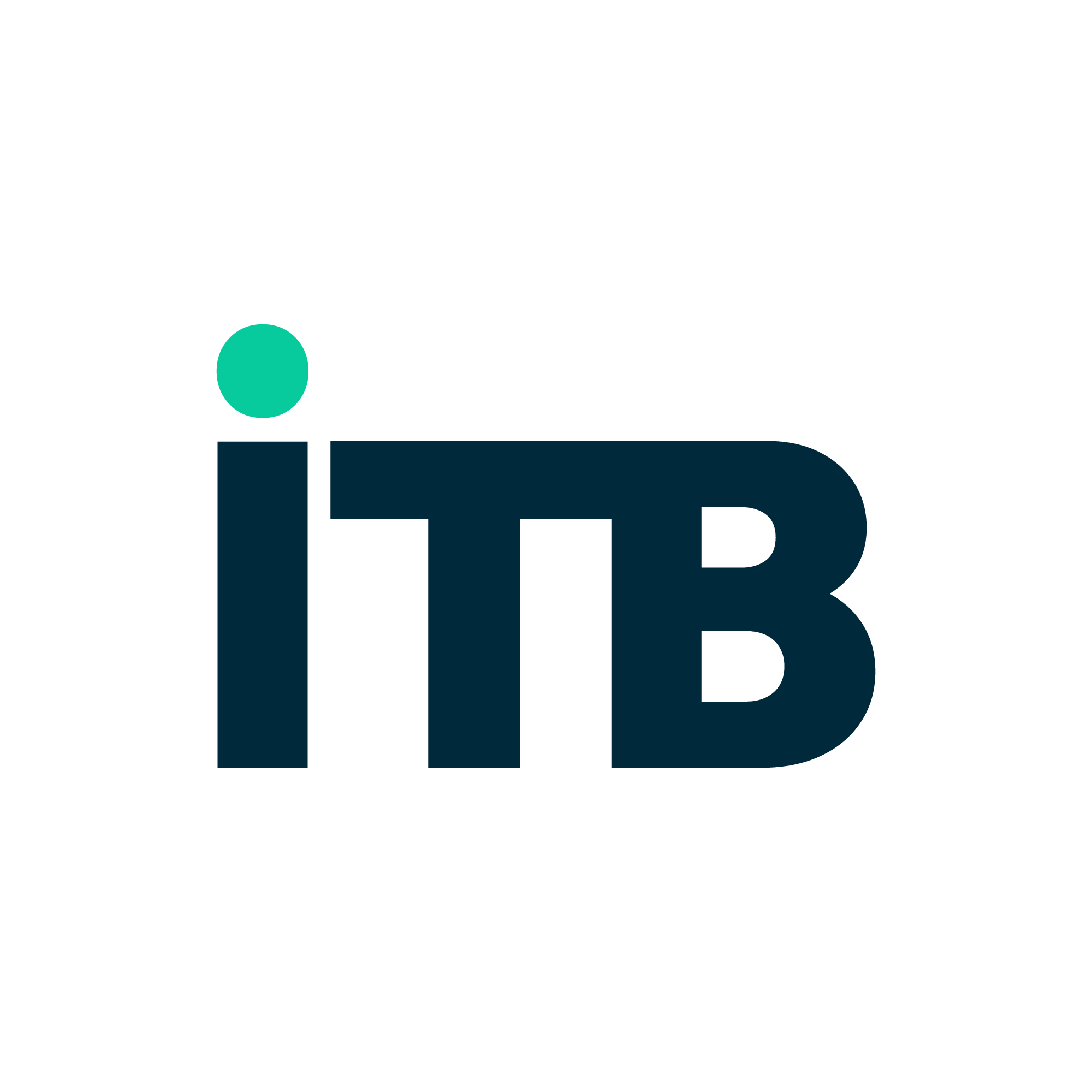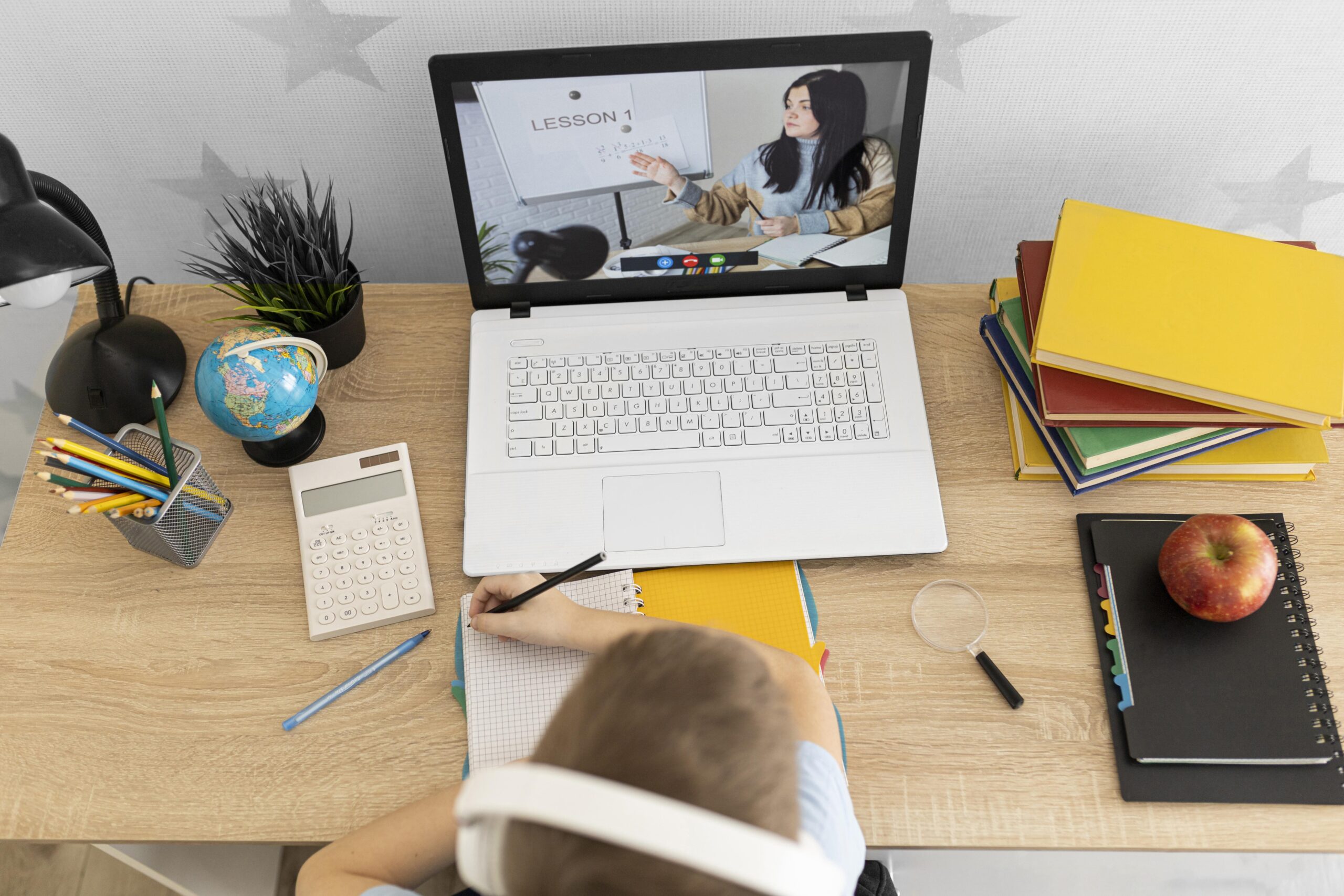Not long ago, a “smart classroom” meant having a projector and maybe Wi-Fi. Today? It’s a dynamic, interactive learning space where AI, cloud computing, and real-time collaboration tools drive the entire experience.
Welcome to the digital classroom — where IT isn’t just supporting education… it’s actively shaping it.

The New Normal: Technology as a Core Subject
When the pandemic accelerated digital adoption, schools had to adapt fast. But what started as a necessity has now evolved into a permanent shift.
Behind the scenes, IT teams and tech infrastructure became the unsung heroes of education. From cloud platforms to cybersecurity, from remote teaching setups to learning management systems — they’ve redefined what modern learning looks like.
And it’s only getting smarter.
So, What Does a “Digital Classroom” Actually Look Like?
Picture this:
Students log into a virtual dashboard with AI-curated lessons.
Teachers use interactive whiteboards synced to student tablets.
Classes are recorded, transcribed, and available on-demand.
Assignments are graded by automated systems that give personalized feedback.
Parents can track performance in real time — no report cards required.
None of this happens without robust IT infrastructure working behind the scenes.
5 IT Innovations Powering Today’s Classrooms
1. Cloud-Based Learning Platforms
Google Classroom, Microsoft Teams, Moodle — they’ve become the new chalkboards. IT teams ensure they’re fast, secure, and always available.
2. AI-Powered Personalization
AI analyzes performance data to tailor lessons to each student’s strengths and gaps. Smart recommendations, automated grading, and learning pace customization? All possible through IT-driven EdTech.
3. Immersive Technologies (AR/VR)
Why just read about the solar system when you can experience it? Virtual reality field trips and simulations are now making science, history, and even math more engaging.
4. Real-Time Collaboration Tools
Students collaborate on documents live, across devices and time zones. Group discussions via video, interactive polls, and shared digital boards have replaced passive lectures.
5. Cybersecurity & Data Protection
With so much student data online, IT safeguards privacy through encryption, secure logins, and policy enforcement. It’s not just about learning — it’s about learning safely.
Teachers, Students & IT: A Three-Way Partnership
Contrary to old fears, IT doesn’t replace teachers — it amplifies their ability to teach.
Teachers become facilitators of knowledge, not just deliverers.
Students become active participants, not passive receivers.
IT enables seamless content delivery, engagement tracking, and real-time feedback loops.
It’s a classroom that works smarter, not harder.
Challenges Still Exist
Let’s not sugarcoat it — not every student has access to devices or high-speed internet. Some educators still struggle with digital tools. And data privacy remains a growing concern.
But here’s the good news: IT is tackling these, too — through device lending programs, training modules, and stronger privacy policies.
The digital divide is real, but the digital classroom is slowly bridging it.
What’s Next: A Glimpse into the Future
Voice assistants answering homework questions
Blockchain-based certifications for instant credential verification
AI co-teachers helping with personalized tutoring
Predictive analytics identifying students at risk before it’s too late
The digital classroom is no longer just a concept. It’s a reality that’s constantly evolving — and IT is the architect behind it.
The Future of Learning is Built on Tech
Education isn’t what it used to be — and that’s a good thing.
With IT innovations leading the way, the classroom of tomorrow is already here today. It’s more inclusive. More engaging. And infinitely more intelligent.
Because when education meets technology, learning becomes limitless.




